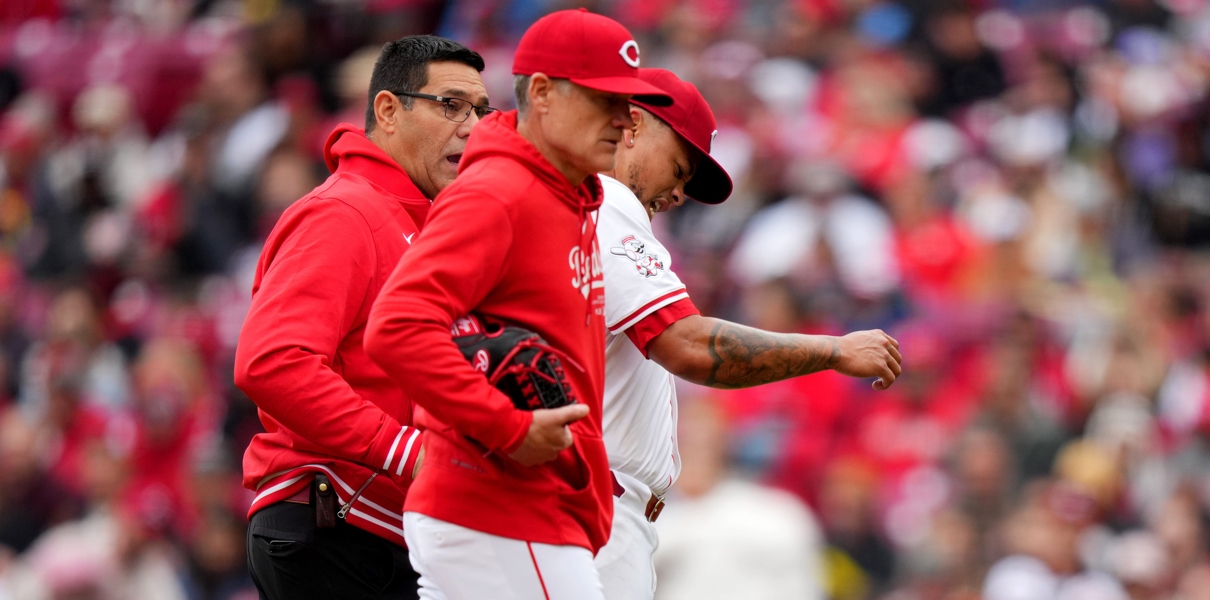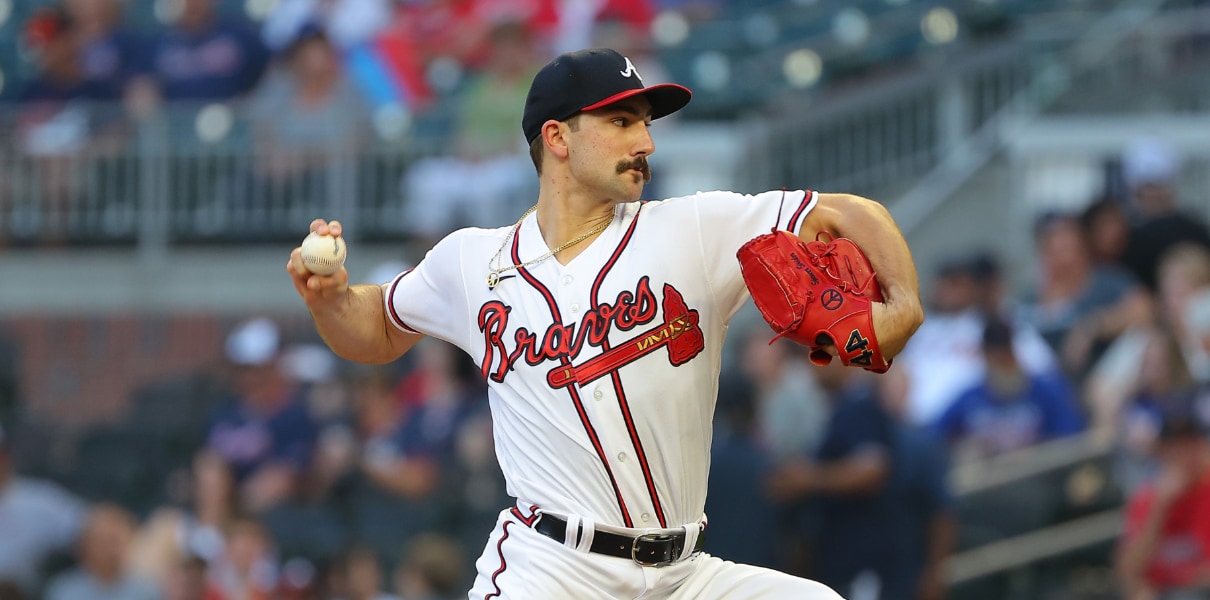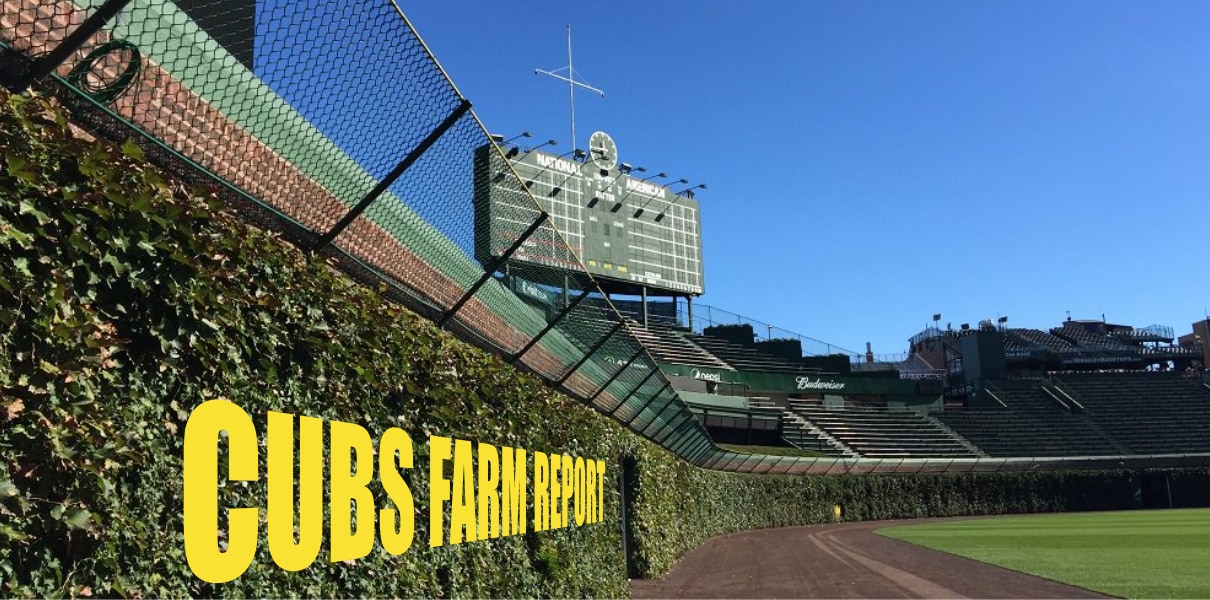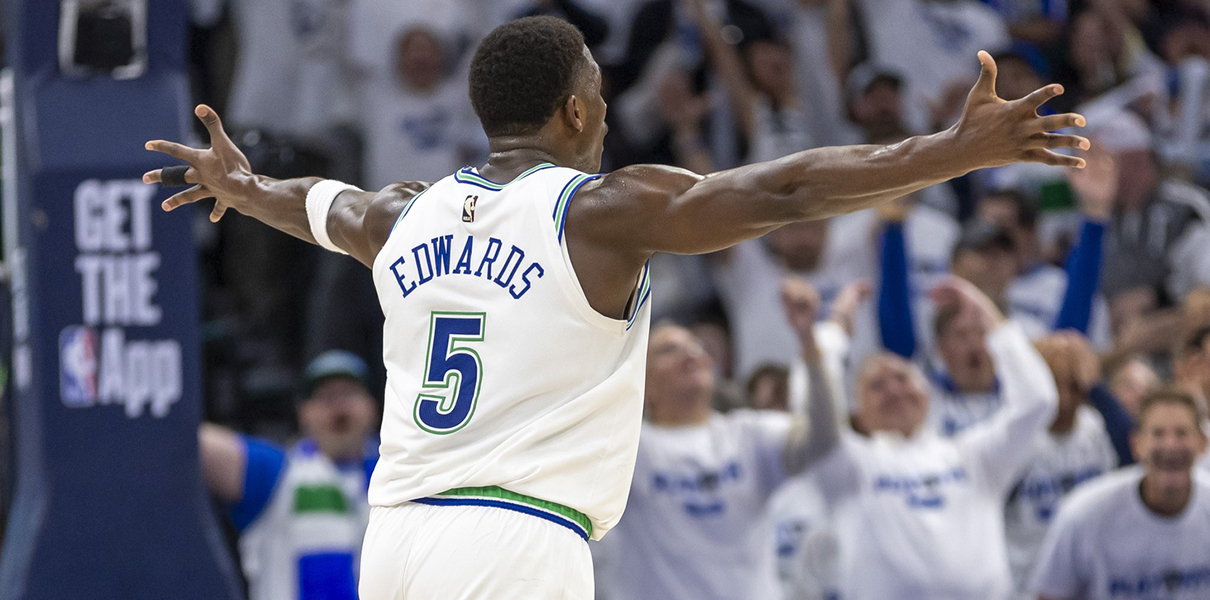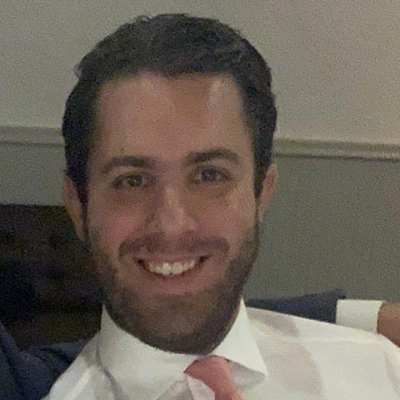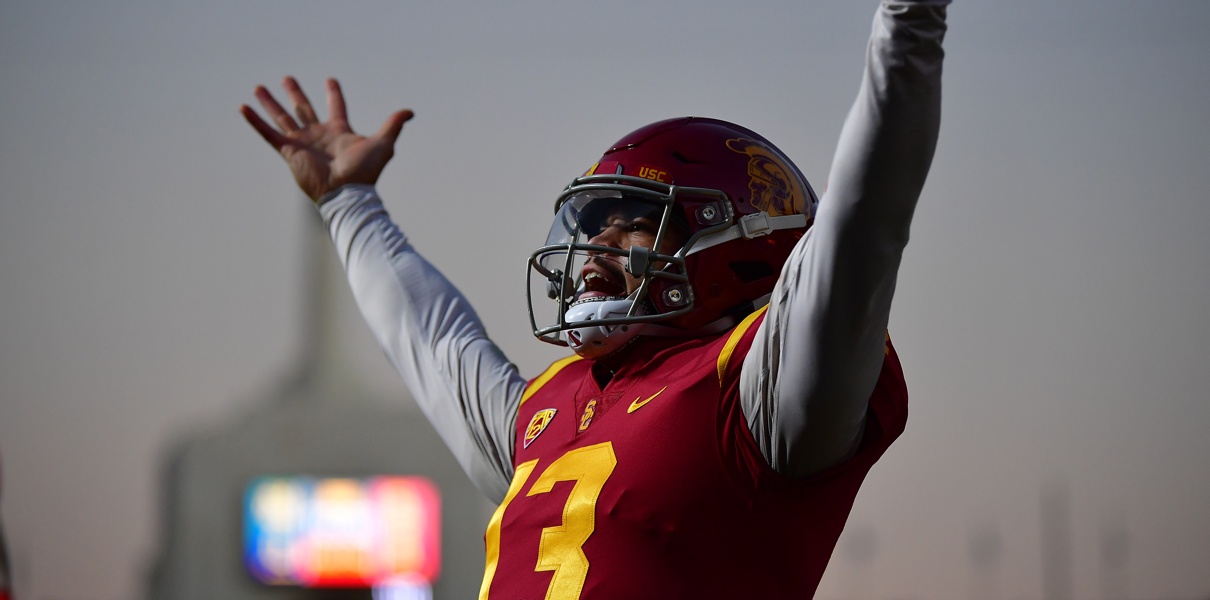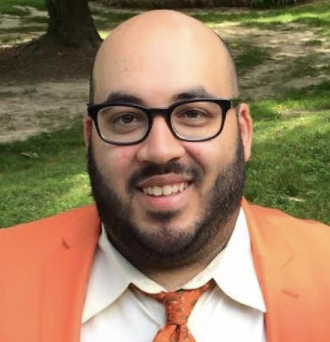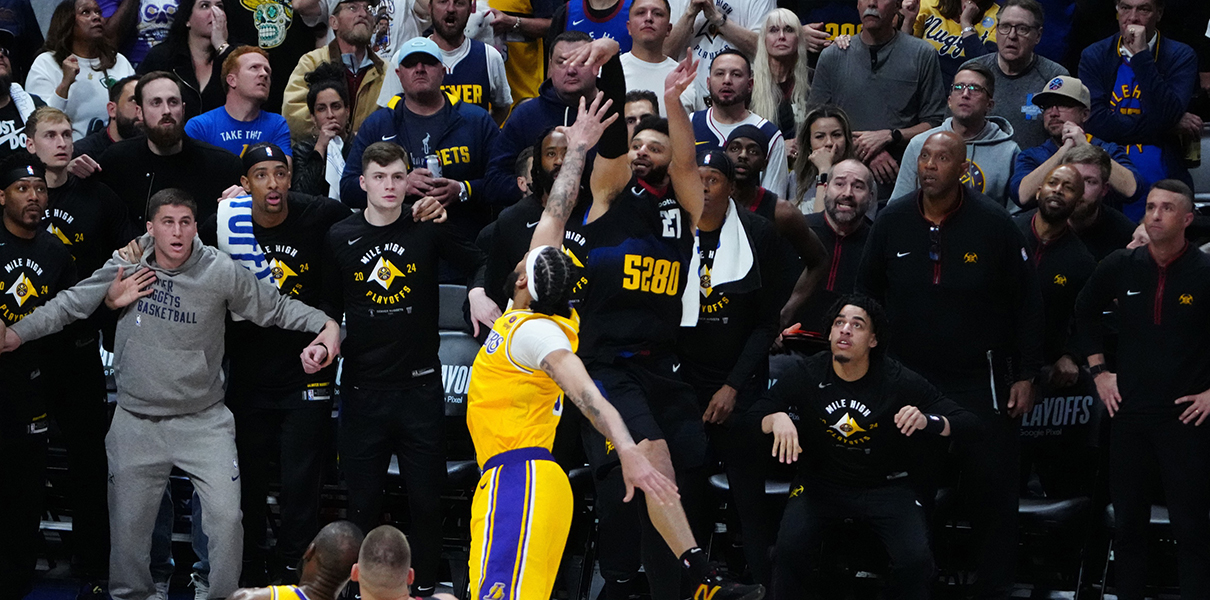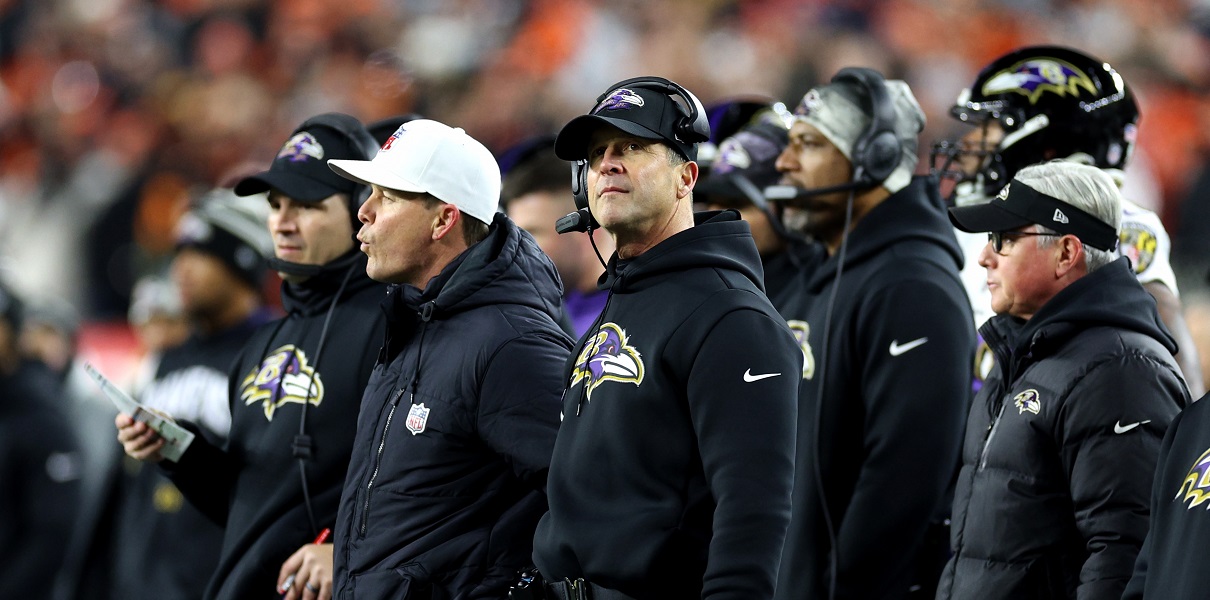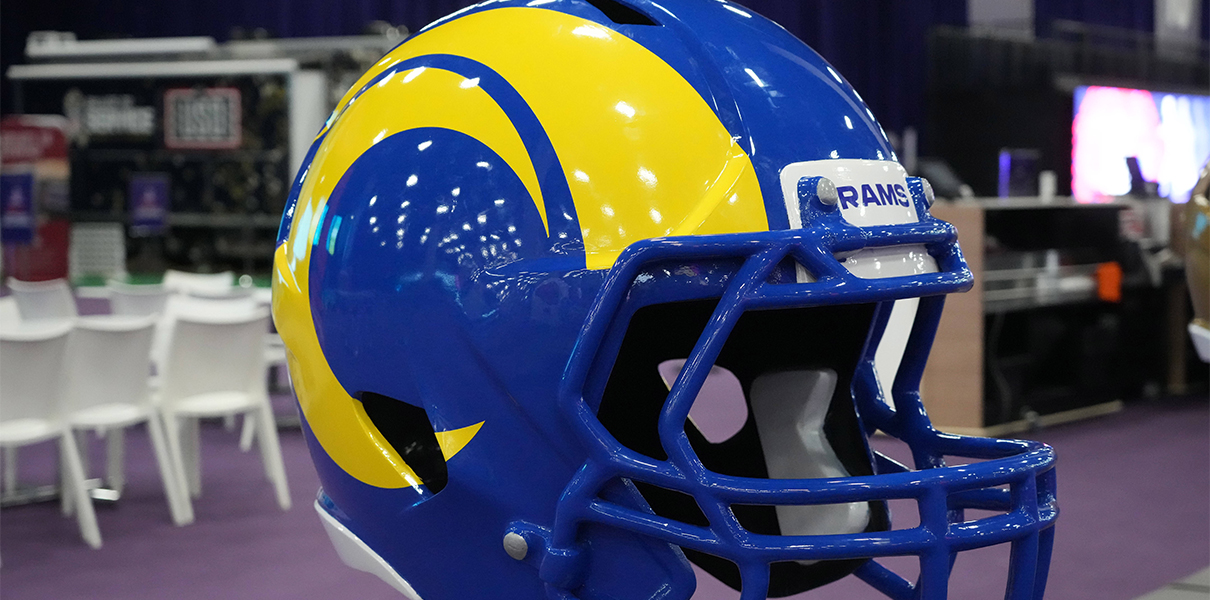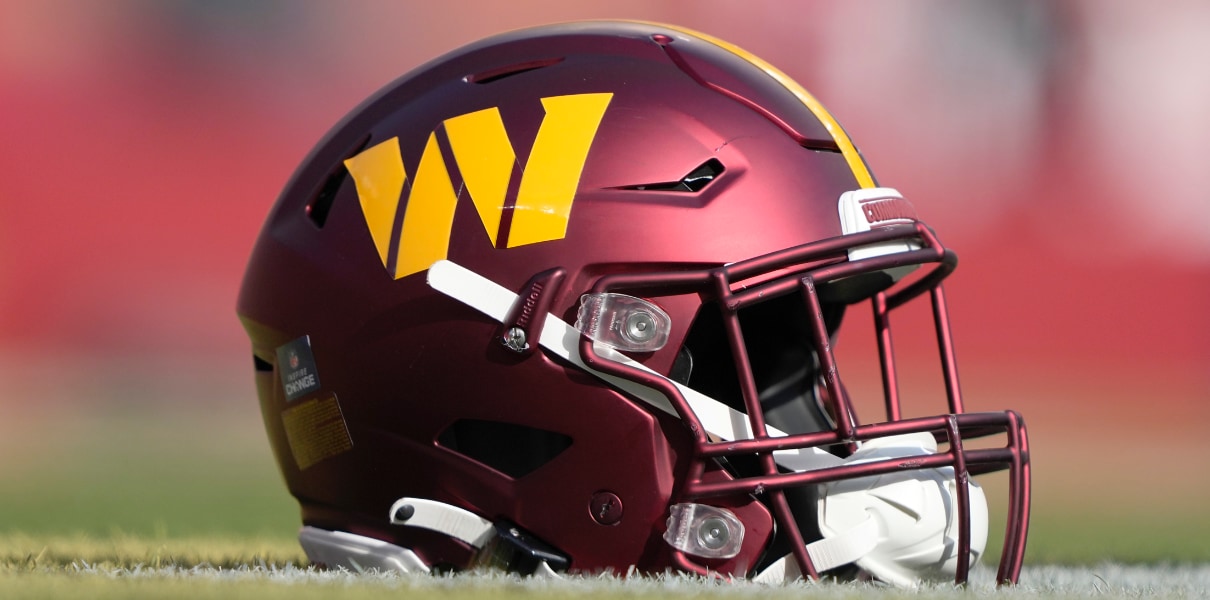
What many fans forget is that Hendry also began the rebuild before that.
Bring up Hendry in conjunction with the draft, and 2010 – the year the Cubs drafted Matt Szczur in the fifth round, by the way – almost always dominates the conversation. While unsuccessful first round pick Hayden Simpson has become the emblem of Hendry’s draft struggles, 2010 is not the best example of his ability (even though that year he did draft Szczur, LHP Eric Jokisch, and RHP Dallas Beeler (all have reached the majors), as well ss SS Elliot Soto, who was part of the Dan Haren trade). In 2010, even though the Ricketts Family had just taken over the organization, it did not seem that Hendry yet had a new level of amateur spending available to him, not unlike the during Tribune Era.
[adinserter block=”1″]
In 2011, however, the financial reins came off and Hendry, even as he was heading out the door, left Epstein and Friends with a very nice welcoming present – the Cubs’ 2011 draft.
Right off the bat we knew the 2011 draft was going be different. The Cubs did not play it safe. Instead, they went high risk/high reward, and took a raw high school shortstop with unbelievable bat speed named Javier Baez. Baez, of course, emerged as the Cubs’ everyday second baseman during their World Series run and all but single handedly turned tagging baserunners into a grade-able skill in the process. His position as a member of the Cubs’ young core is solid, and his future looks bright. Baez alone gives Cubs fans reason to look fondly on the 2011 draft.
But Hendry wasn’t done. In the second round he gambled again, this time betting that a slugger with conditioning problems would hit enough to offset his defensive limitations. Dan Vogelbach, the main component of the trade that brought Mike Montgomery to Chicago, has pretty much silenced any concerns about his bat since he was drafted. We know he he will hit, we know he will take a ton of walks, and we know he can contribute to a lot of Major League lineups as a DH. And now that he is in Seattle, DH’ing is an option. If Vogelbach turns into a Major League regular, then Hendry will have drafted two such players with his first two picks.
[adinserter block=”2″]
Round three goes down as a miss, but Zeke DeVoss is a defensible pick. An undersized, switch-hitting second baseman and center fielder, DeVoss showed good strike zone judgement and on base speed in his college career, but just couldn’t get enough hits as a professional. The fact that he finished with a minor league career line of .236/.379/.334 is noteworthy, though. These days we take it for granted that the Cubs will target on base percentage whenever possible, but that wasn’t the case back in 2011 (at least, not for the Cubs). DeVoss more or less fits the profile we expect the current Cubs front office to prioritize in the draft. In fact, 2011 was the second time DeVoss was drafted. The Boston Red Sox, a team run by many members of the Cubs front office, failed to sign him in 2009.
In the fourth round, the Cubs took their first pitcher, a college reliever named Tony Zych. Zych stalled in Double A with the Cubs, but went to Seattle in 2015, broke out, and has been worth 0.5 bWAR through his first 25 games for the Mariners.
The rest of the first ten rounds did not produce any noteworthy picks for the Cubs. Trevor Gretzky, Shawon Dunston Jr., and Daniel Lockhart all had famous last names, but the first two were sent out in minor trades before they got out of A ball. Lockhart is still with the Cubs and could have a future as a Major League utility infielder, but he is facing a roster crunch of middle infielders in the Cubs’ upper minor and may be forced out of the system due to roster pressure.
Jacob Lindgren did not sign with the Cubs after being drafted in the 12th round, but has since reached the majors.
[adinserter block=”3″]
Trey Martin, a defensively gifted center fielder, did sign in 13th round. His glove will be on display in Tennessee this year, but the bat still needs some work to catch up. As a defensive fifth outfielder, he may yet reach the majors.
Dillon Maples, drafted in the 14th round, was basically an early draft of the Dylan Cease story. Maples was drafted with two plus pitches (fastball and curve) and a healthy dose of arm problems. Surgery and a rocky rehab followed, but Maples started to show signs of revival in the Midwest League last year. He will need to improve his control, but if the Cubs stay patient he may yet turn into a Major League reliever.
Rafael Lopez, 16th round, has already spent 15 games in the Majors for the Cubs. He has also been traded to the Angels, released, signed by the Tigers, released, signed by the Reds, and released. As a catcher, and a pretty decent one, he is the sort of player could bounce around for a few more years on minor league deals as a depth option.
John Andreoli, 17th round, would already be in the Majors in organizations not blessed with as much young outfield talent as the Cubs. A long-time fixture on the Bleacher Nation Top 40, he will make yet another appearance on that list as well as on the Iowa roster this spring. And this may be the year his OBP-oriented game gets a chance in Majors.
[adinserter block=”4″]
Andrew McKirahan, 21st round, has also reached the Majors, albeit not with the Cubs. Miami swiped him in the 2014 Rule 5 draft, then lost him on waivers to Atlanta. He was recently included in the trade that sent Brandon Phillips to the Braves.
Scanning the rest of the list, a few more notable names jump out. Bradley Zimmer was a Cubs draft pick before he was an Indians prospect, but the Cubs could not sign him in the 23rd round. Rock Shoulders (25th) had the undisputed best name in the minor leagues for a time, but is no longer in the organization. And anyone who was reading Bleacher Nation back in 2012 probably remembers the name Ben Klafczynski (20th) … but only because we had one dedicated and prolific commenter who could not believe I wasn’t giving Klafcyznski appropriate credit as a Major prospect, and duly trashing the front office for not sticking with him. When Klafcyznski vanished from professional baseball in 2013, so did that commenter.
There are no two ways about it – that is a good draft. It is also a fitting swan song for the Hendry Era, a fascinating if cloudy chapter of Cubs history that ended on a hopeful note, and that laid a bit of foundation for the incredibleness that was 2016.
And, to his credit, Hendry even stuck around to help the Cubs get the players from the 2011 draft signed – after he’d already been told by Tom Ricketts that his time with the Cubs was coming to an end.
[adinserter block=”5″]


